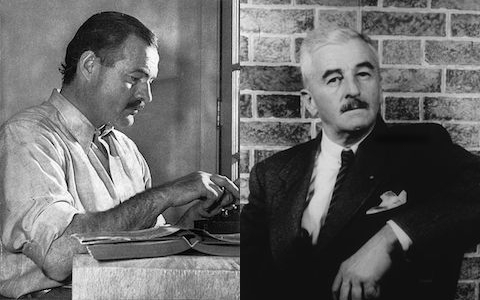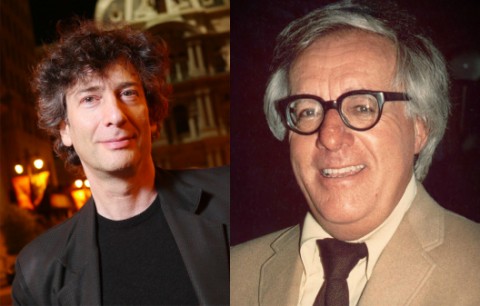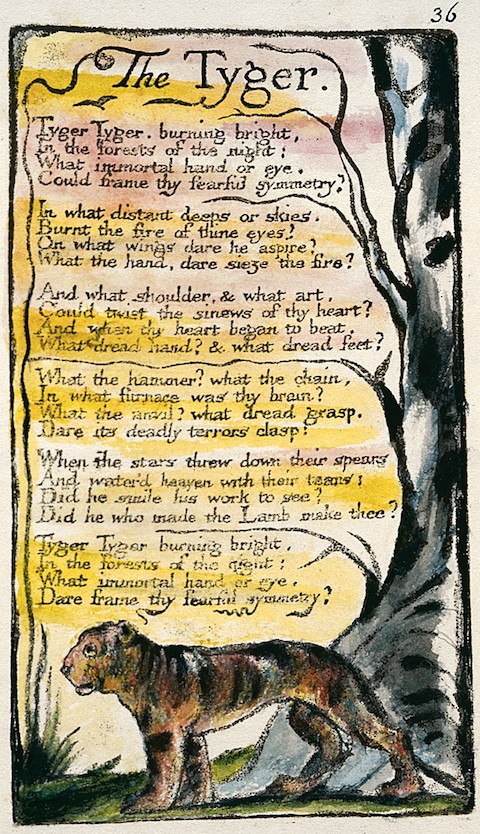If you call yourself a film fan, you may have heard of Trailers from Hell, a video series wherein famous directors introduce and provide commentary on trailers of the films they love, the films they’ve made, or both. You’ve definitely heard of it if you call yourself a fan of schlock film, since some of the Trailers from Hell include that of The Giant Claw with commentary by Joe Dante, that of Teen Wolf with commentary by Ti West, and that of One Million Years B.C. with commentary by John Landis.
Landis, director of comedies like Animal House, The Blues Brothers, and (somehow, his favorite of the bunch) Coming to America, has recorded a great many episodes, and no surprise, since he enjoys schlock so much that he actually made a film of that name at the age of 21 — and then did a Trailer from Hell on it at the age of 63. But as one of those filmmakers possessed of a cinephilia as strong as his mastery of the craft itself, his love for movies extends to the widest possible spectrum of theme and sensibility: hence his episodes here on the decidedly non-schlocky Citizen Kane, Sunset Boulevard, 2001: A Space Odyssey, and La Strada.
Much about Landis makes him exactly the kind of guy you want to hear talking about movies, be they movies like Fellini Satyricon or movies like King Kong vs. Godzilla. Not only does his sheer enthusiasm for filmgoing come through in his every observation, but he brings to bear plenty of experience with the nuts and bolts of filmmaking. He discusses, in the brief time these trailers allow, not just the qualities of the features but of the trailers themselves. He also throws in, when relevant, fascinating anecdotes from his life as a moviegoer and moviemaker. And above it all, he does it with a wonkily cinephilic sense of humor, as you’ll understand right when you hear him introduce himself in each episode — and as you’d probably expect from the guy who directed Kentucky Fried Movie.
You can watch all the Trailers from Hell from Landis, Dante, West, Karyn Kusama, Mick Garris, John Badham, and others on their Youtube channel.
Related Content:
Moviedrome: Filmmaker Alex Cox Provides Video Introductions to 100+ Classic Cult Films
Watch Orson Welles’ Trailer for Citizen Kane: As Innovative as the Film Itself
Kubrick’s 2001: A Space Odyssey Gets a Brand New Trailer to Celebrate Its Digital Re-Release
Watch 25 Alfred Hitchcock Trailers, Exciting Films in Their Own Right
700 Free Movies Online: Great Classics, Indies, Noir, Westerns, etc.
Colin Marshall hosts and produces Notebook on Cities and Culture as well as the video series The City in Cinema and writes essays on cities, language, Asia, and men’s style. He’s at work on a book about Los Angeles, A Los Angeles Primer. Follow him on Twitter at @colinmarshall or on Facebook.






